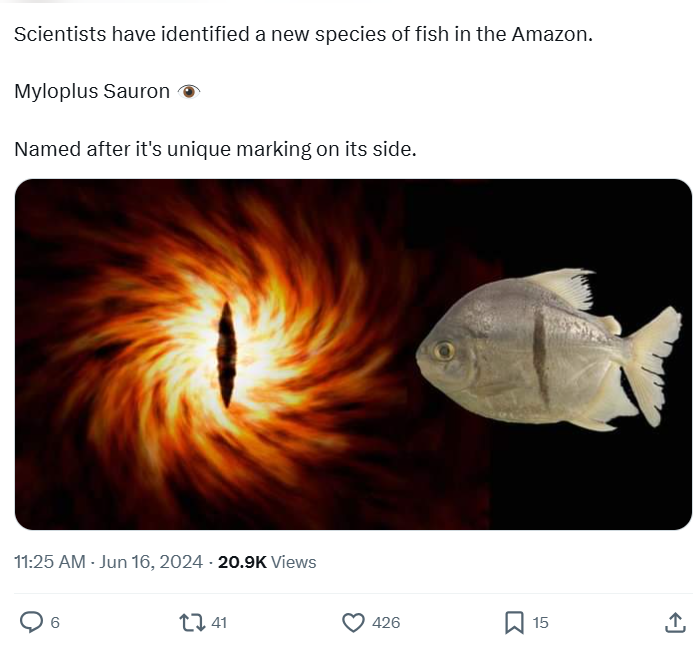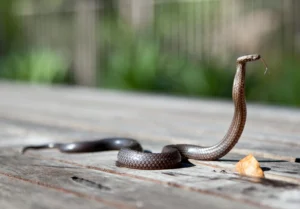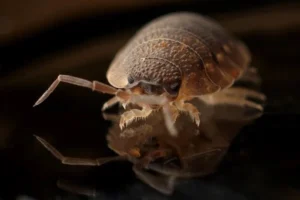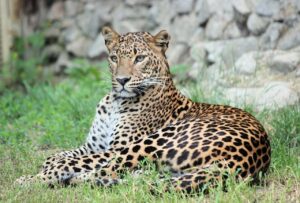Vegetarian piranha and DiCaprio snake. Notable discoveries in the animal kingdom for 2024

Scientists at the Natural History Museum in London announced the discovery and naming of around 200 new species worldwide in 2024, reflecting significant progress in understanding biodiversity.
The new discoveries included a variety of living organisms, among them a vegetarian “piranha” from the Amazon and a flying dinosaur discovered on the Isle of Skye. These discoveries enhance scientific understanding of ecosystems and highlight the importance of preserving biodiversity in the face of increasing environmental challenges.
A new herbivorous “piranha” fish from the Amazon was named after the character “Sauron” from the “Lord of the Rings” movie, due to the orange and black markings on its body that resemble an eye. Additionally, a snake from the Indian Himalayas was named after actor and environmental activist Leonardo DiCaprio, in honor of his contributions to environmental protection.

On the Isle of Skye, a flying dinosaur named Comptonatus chasei was discovered after its bones were found in 2006 by local fossil hunter Nick Chase.
Scientists confirmed that naming species is not limited to scientific discoveries alone, but is a fundamental step towards a deeper understanding of ecosystems and how human activities affect nature.
Sandra Knapp, the leading botanist, said: “Every named species has a story associated with it, and having a name allows us to tell that story.”
She added that this work helps in understanding how nature adapts to climate change and how biodiversity responds to various challenges, contributing to the formulation of environmental policies and nature conservation solutions.
On the other hand, as part of ocean exploration efforts, Eva Stewart, a marine biologist, named two new species of amphibians discovered on the central Pacific ocean floor.
Stewart pointed out that with the increase in deep-sea mining, it has become essential to document marine species and understand the impact of mining on biodiversity.
She added: “With each passing year, we discover more about these species, which helps us identify protected marine areas and establish appropriate legislation to protect them.”
On another note, paleontologist Paul Barrett contributed to the naming of a flying reptile from the Middle Jurassic. Barrett stated that this discovery helps fill gaps in our knowledge about flying reptiles and the ecosystems of that time period.
Barrett explained: “We are seeking a better understanding of the factors that influenced ancient ecosystems, so we can apply this knowledge to current environmental challenges.”
Two herbivorous dinosaurs from Zimbabwe and China have also been named, in addition to new fossilized spiders and lizard-like reptiles. These discoveries help enrich our understanding of biodiversity across the ages and highlight the importance of preserving these species to face increasing environmental challenges.

Adrian Glover, a scientist from the Deep Sea Laboratory at the National Museum of Natural History, confirmed that naming species is not only about applied science and solving environmental problems but also helps connect people with nature.
He added, “The discovery and description of new species is part of igniting human curiosity and opening new horizons for understanding the natural world.”




